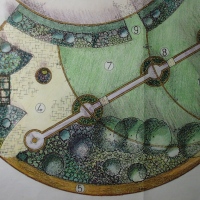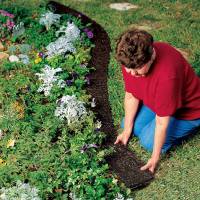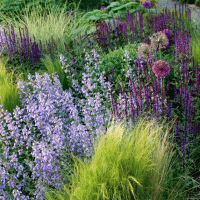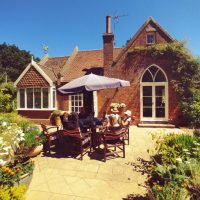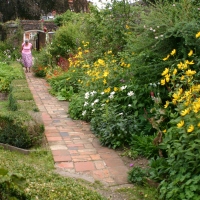
Camperdown Elm in Leamington, Ontario, Canada. Picture: jim5870
As we come to the end of this A-Z the options open become rather constrained; so today I’ve chosen a neat and compact variety of the Wych Elm, which can also be resistant to Dutch Elm disease.
Common name: Camperdown Elm
Native areas: Ulmus glabra (Wych elm or Scots elm), the parent of this variety, has the widest range of the European elm species, from Ireland eastwards to the Urals, and from the Arctic Circle south to the mountains of Greece; it is also found in Iran. The tree was by far the most common elm in the north and west of the British Isles and is now acknowledged as the only indisputably British native elm species.

The original sport in Camperdown Park, Dundee. Picture: Peter Bourne
Historical notes: About 1835–1840, the Earl of Camperdown’s head forester, David Taylor, discovered a young contorted elm tree (a sport) growing in the forest at Camperdown House, in Dundee, Scotland. The young tree was lifted and replanted within the gardens Camperdown House where it still remains to this day. The original tree is less than 3 m tall, with a dramatic weeping habit and contorted branch structure and grows on its own roots. The earl’s gardener is said to have produced the first of what are commonly recognised as Camperdown elms by grafting it to the trunk of a Wych Elm (Ulmus glabra). Every ‘Camperdownii’ is descended (as cuttings taken from that original sport) and usually grafted on a Wych elm trunk. Other grafting stock has been used. In Dundee, Scotland, there are two well established Camperdownii Elms at the gated entrance to a private residence on Constitution Terrace. Both trees have grown so they intertwine with each other and create the illusion of one tree in the summer months. The tree is likely to have been cultivated around 1850, the same age as the Victorian mansion situated in the grounds which was built around 1850.








